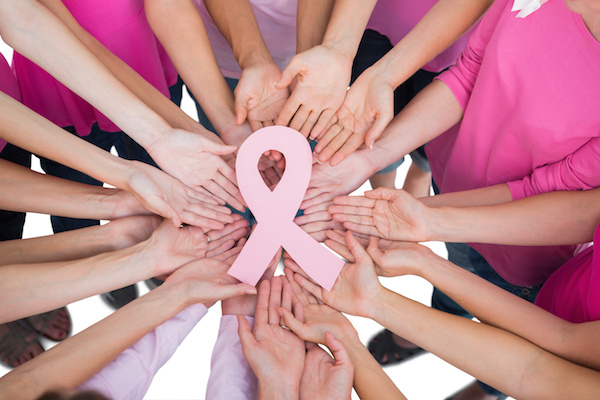
WEDNESDAY, Sept. 29 (HealthDay News) — Adding an experimental immunotherapy drug to the standard regimen of care extended the lives and decreased the risk of a disease recurrence in children with high-risk neuroblastoma, a new study says.
This type of tumor is not actually a brain tumor because it appears outside the brain and spinal cord. But it accounts for 12 percent of cancer-related deaths in children under the age of 15. Half of patients with this type of malignancy have the high-risk form, according to background information with the study.
In this trial, 46 percent of children who had the conventional treatment were alive after two years, compared to 66 percent of those who also received the immunotherapy, known as ch14.18.
The difference was significant enough to halt the study early so all children could start receiving ch14.18.
“It’s a statistically significant improvement, so the kids who received this treatment were less likely to relapse with neuroblastoma,” said Dr. Amal Abu-Ghosh, a pediatric hematologist/oncologist at Georgetown University’s Lombardi Cancer Center, in Washington, D.C.
And the improvement was seen in a very vulnerable population.
“These are young children who have neuroblastoma who receive very intensive treatment with high dose chemotherapy and, despite that, many are not successfully treated,” said Dr. Malcolm Smith, co-author of the study and associate branch chief for pediatric oncology at the U.S. National Cancer Institute, which co-funded the study.
Georgetown was one of the centers participating in the trial, although Abu-Ghosh was not an author on the paper, which was
published in the Sept. 30 issue of the New England Journal of Medicine.
But the immune therapy is highly unusual in that the National Cancer Institute, not a pharmaceutical company, manufactured the drug, Abu-Ghosh said.
“Now that the trial is over, we will have to find what other resources are available to get the antibody because it’s still not commercially available,” said Abu-Ghosh. “It still has to do go through the industry.”
The National Cancer Institute is in talks with United Therapeutics Corp. to seek U.S. Food and Drug Administration approval and to manufacture and market the drug.
Meanwhile, the clinical trials network is trying to make the drug available to children who need it.
But even if the product were commercially available, patients would still have to endure the arduous conventional treatment, as the study participants did.
That means high-dose chemotherapy followed by stem cell transplantation to replace blood cells lost during chemotherapy, then the drug isotretinoin (an acne medication that goes by Accutane and other brand names) to kill off any leftover cancer cells.
For this study, all 226 children received both chemotherapy and stem cell transplantation before being randomly chosen to receive isotretinoin alone or isotretinoin plus ch14.18 along with drugs to strengthen the immune system.
The immunotherapy, Smith explained, “is an antibody-based therapy and the antibody recognizes an antigen that’s on the surface of the neuroblastoma cells. It binds to the neuroblastoma cells and then recruits immune cells to the neuroblastoma cells to kill the neuroblastoma cells.”
Children in the immunotherapy group did have more side effects, including pain, than those in the conventional-treatment group.
“This tells us that we need to do more to prevent relapse by using immune therapy,” said Abu-Ghosh.
A second study in the same issue of the journal found that children with intermediate-risk neuroblastoma who took a reduced regimen of chemotherapy plus a biologically based treatment were able to live just as long as those receiving conventional duration-and-dose chemotherapy.
At three years, 96 percent of children with this tumor were still alive with the biologic agent and less chemotherapy, which compares well with rates for the traditional treatment.
But only patients with tumors that had certain genetic traits were selected for the therapy, meaning the results can’t be generalized to a larger population.
More information
The National Cancer Institute has more on neuroblastoma treatment.

